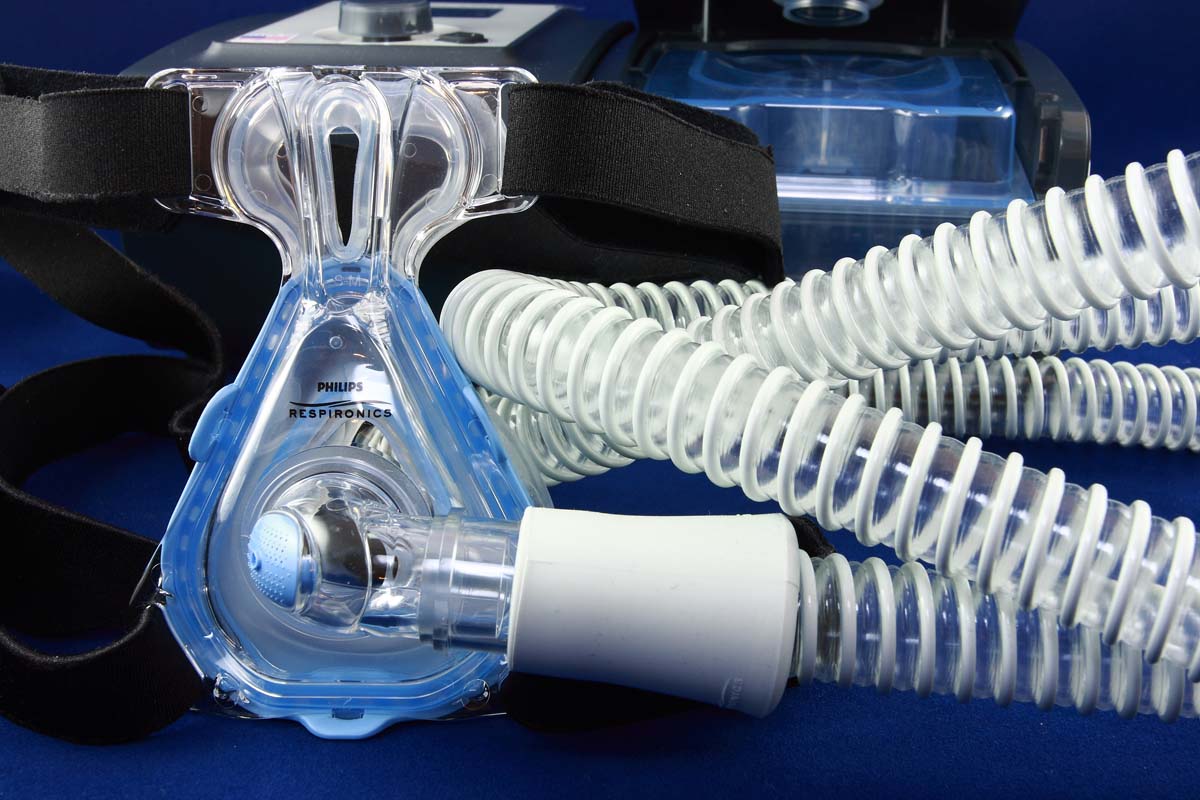No products in the cart.
News
Ways to Treat Sleep Apnea
However elusive, getting a good night’s sleep is a crucial part of your health and well-being. If you have been diagnosed with sleep apnea, then you know how difficult getting a quality sleep can be. If lifestyle changes, such as losing weight and cutting back on alcohol, have not had the effect you were hoping for, then your next step is get a machine to help you. Most of us have heard of a CPAP machine, but there is another type that also addresses sleep apnea, and that is the BiPAP.

CPAP versus BiPAP. Both treat sleep apnea by using gentle pressure to move air through your airway, which reduces the breaks in your sleep. But which machine should you get? What are the differences? Here are some basics of both types of sleep apnea machines.
What is CPAP?
Continuous Positive Airway Pressure, or CPAP, is a very common treatment for sleep apnea. A machine sends a single pressure stream of air through a tube to a mask that you wear over your mouth and/or nose to keep your airways open while you sleep.
What is BiPAP?
Bilevel (or two-level) Positive Airway Pressure, or BiPAP, also sends air from the machine to your airways. The difference is that BiPAP sends two pressures – an inhale pressure and an exhale pressure. The reason for the two pressures is to remove any extra carbon dioxide gas from your body. BiPAP is often suggested when CPAP is not working as well as could be for the user, or for people who have lung issues, such as COPD. On the other hand, because its technology is newer, BiPAP tends to be more expensive at the moment.
Which Should You Use?
As with anything, the machine that is better for you really depends on you, your health, and your comfort. Ask your doctor for suggestions. After all, your sleep depends on it.
Download the FREE Beginners Guide to Snoring and Obstructive Sleep Apnea.

